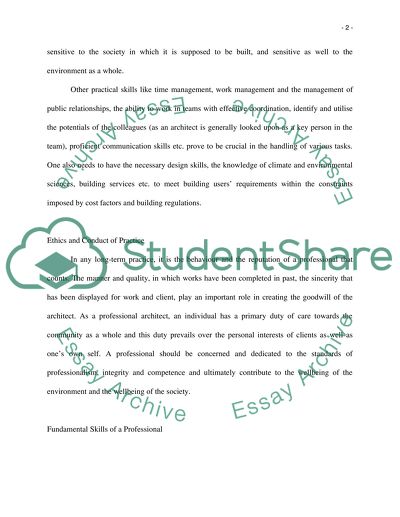Cite this document
(“Individual Portfolio Personal Statement Example | Topics and Well Written Essays - 4000 words”, n.d.)
Individual Portfolio Personal Statement Example | Topics and Well Written Essays - 4000 words. Retrieved from https://studentshare.org/sociology/1520140-individual-portfolio
Individual Portfolio Personal Statement Example | Topics and Well Written Essays - 4000 words. Retrieved from https://studentshare.org/sociology/1520140-individual-portfolio
(Individual Portfolio Personal Statement Example | Topics and Well Written Essays - 4000 Words)
Individual Portfolio Personal Statement Example | Topics and Well Written Essays - 4000 Words. https://studentshare.org/sociology/1520140-individual-portfolio.
Individual Portfolio Personal Statement Example | Topics and Well Written Essays - 4000 Words. https://studentshare.org/sociology/1520140-individual-portfolio.
“Individual Portfolio Personal Statement Example | Topics and Well Written Essays - 4000 Words”, n.d. https://studentshare.org/sociology/1520140-individual-portfolio.


